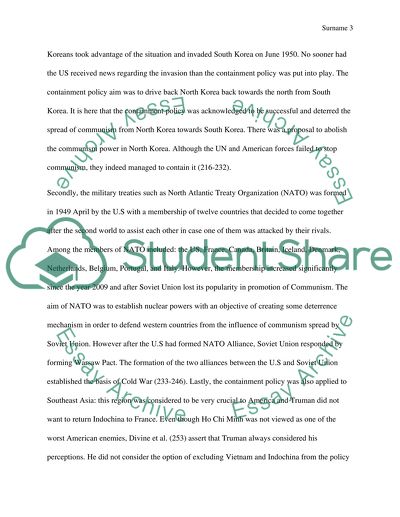Cite this document
(“Containment policies Essay Example | Topics and Well Written Essays - 1000 words”, n.d.)
Containment policies Essay Example | Topics and Well Written Essays - 1000 words. Retrieved from https://studentshare.org/history/1494287-what-was-the-containment-policy-discuss-in-detail
Containment policies Essay Example | Topics and Well Written Essays - 1000 words. Retrieved from https://studentshare.org/history/1494287-what-was-the-containment-policy-discuss-in-detail
(Containment Policies Essay Example | Topics and Well Written Essays - 1000 Words)
Containment Policies Essay Example | Topics and Well Written Essays - 1000 Words. https://studentshare.org/history/1494287-what-was-the-containment-policy-discuss-in-detail.
Containment Policies Essay Example | Topics and Well Written Essays - 1000 Words. https://studentshare.org/history/1494287-what-was-the-containment-policy-discuss-in-detail.
“Containment Policies Essay Example | Topics and Well Written Essays - 1000 Words”, n.d. https://studentshare.org/history/1494287-what-was-the-containment-policy-discuss-in-detail.


